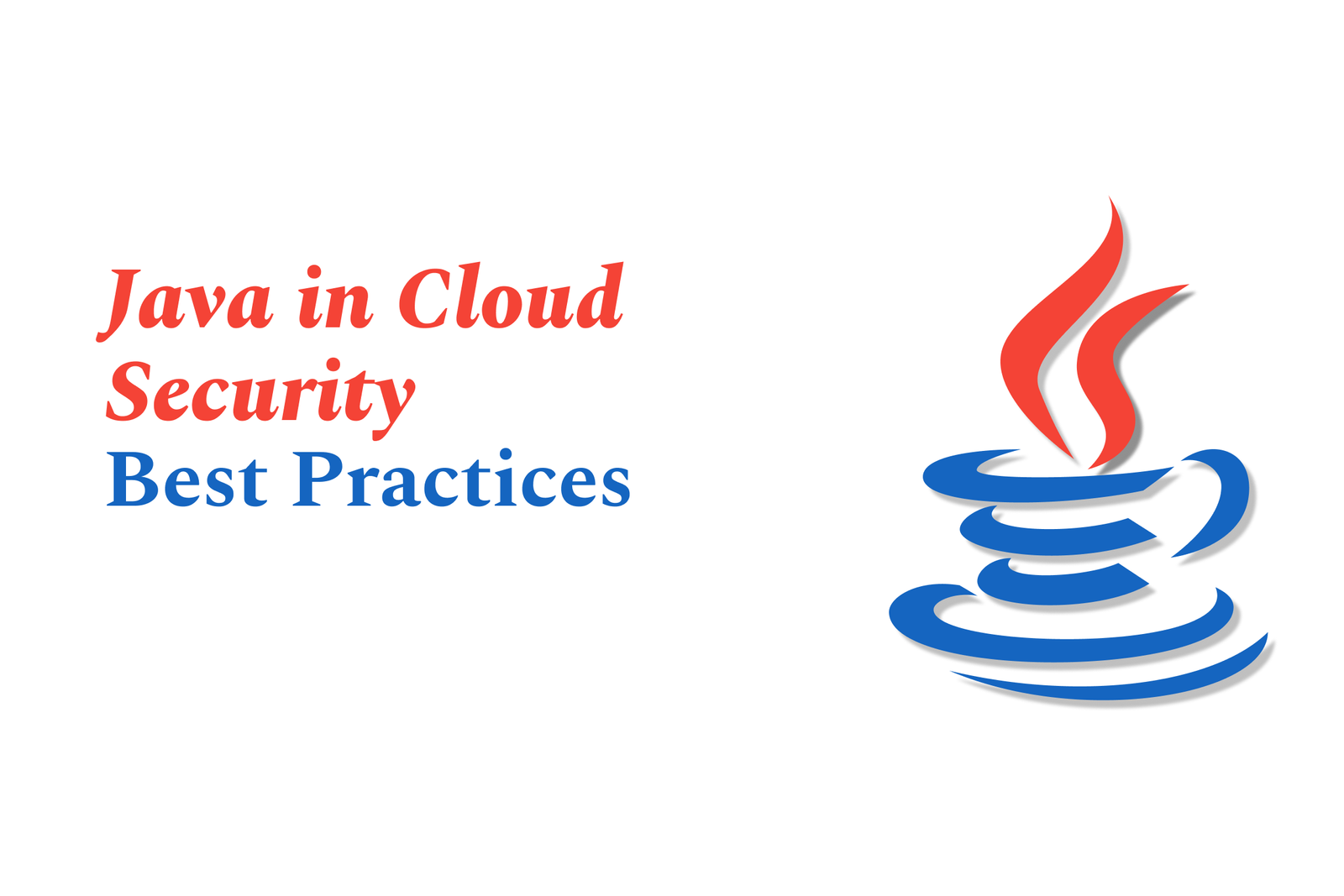Java in Cloud Security: Best Practices
Java in cloud security emphasizes secure coding, proper access control, input validation, and regular updates to protect cloud applications. Leveraging Java’s built-in features alongside best practices ensures robust defense against evolving cyber threats in cloud environments.
Java in Cloud Security: Best Practices
1 ) Introduction to Java Security in the Cloud
In the current digital era, robust security in software development is paramount due to rising cyber threats such as phishing, ransomware, and cryptomining. Java remains a favored language for cloud applications due to its built in security features like cryptography and authentication. However, securing Java applications requires adherence to strict best practices to mitigate vulnerabilities and protect data integrity.
2 ) Why Use a Secure Programming Language like Java?
Secure programming languages are essential for safeguarding data, maintaining trust, and ensuring compliance. Java offers advanced security mechanisms but depends heavily on developers implementing secure coding standards, sanitized inputs, trusted libraries, and proper access control.
3 ) Java Features Affecting Application Security
Java Virtual Machine (JVM): JVM enforces strict bytecode verification ensuring only authorized code executes, preventing malicious activities.
Sandboxing: Java’s sandbox environment restricts untrusted code from performing unauthorized operations, providing a protective layer especially in cloud environments.
4 ) Key Security Challenges and Threats
A surge in cyberattacks exacerbated by geopolitical tensions makes continuous updating of risk management vital. Threats often exploit insecure coding, weak access controls, improper input validation, and misconfigured environments.
5 ) Best Practices for Java Application Security in Cloud
Implement secure coding practices rigorously.
Use trusted and updated libraries and dependencies.
Sanitize all user inputs to prevent injection attacks.
Apply robust authentication and authorization mechanisms.
Limit user privileges to the minimum necessary.
Utilize encryption to protect sensitive data at rest and in transit.
Keep Java Runtime Environment and application patches current.
Monitor and audit application behavior consistently.
Use secure management services like Oracle’s Java Management Service with proper IAM policies.
Avoid running agents or services as root to minimize scope of compromise.
6 ) Security Responsibilities in Cloud Context
Security in cloud environments is a shared responsibility between cloud providers and users. Providers like Oracle secure physical infrastructure and data encryption at rest, while users must configure access controls, agent security, and maintain compliance with best practices.
7 ) Security Management Tools and Automation
Utilize cloud provider tools for patch management, security auditing, and enforcing policies consistently. Leverage automation to update agents, perform security scans, and monitor activities to detect and mitigate threats proactively.
8 ) Regular Security Tasks for Ongoing Protection
Keep Java agents and runtime components up to date.
Conduct periodic security audits.
Implement and review IAM policies to ensure least privilege.
Maintain backups as per cloud provider guidelines.
Configure network and firewall settings to restrict unauthorized access.
9 ) Summary
Java remains a secure choice for cloud application development when combined with best practices including secure coding, proper configuration, continuous monitoring, and leveraging cloud provider security capabilities. Prioritizing these best practices is critical to mitigating risks posed by evolving cyber threats and maintaining robust security posture in cloud environments.
https://justacademy.in/news-detail/flutter-in-e-commerce-industry-2025
https://justacademy.in/news-detail/top-swiftui-libraries-updated-for-ios-19
https://justacademy.in/news-detail/how-react-native-is-making-foldable-phone-apps-easy
https://justacademy.in/news-detail/react-native-expo-app-improvements-that-matter-most
https://justacademy.in/news-detail/ios-19-sirikit-updates:-new-voice-interaction-apis
Related Posts
In 2025, top Angular libraries offer modern, feature-rich components and tools for building dynamic web apps. From powerful data grids to low-code platforms like UI Bakery, these libraries enhance development speed, UI design, and scalability, making them essential for Angular developers.
Migrating from AngularJS to Angular 17 involves gradually upgrading your app by running both frameworks together using tools like ngUpgrade, rewriting components in TypeScript, and adopting Angular’s modern architecture to enhance performance, maintainability, and long-term support.
Angular state management tools help organize and handle app data efficiently, improving scalability and maintainability. Popular options include NgRx for robust, RxJS-based patterns, and newer Signal Store solutions that offer simpler, reactive approaches integrated tightly with Angular’s latest features.
RxJS in Angular empowers developers to manage asynchronous data streams with powerful operators like `forkJoin`, `combineLatest`, and `zip`. Mastering these key operators in 2025 is essential for building efficient, reactive applications that handle complex event sequences seamlessly.
Angular performance optimization in 2025 focuses on improving app speed and responsiveness by using techniques like OnPush change detection, lazy loading, efficient data caching, and AOT compilation. These practices reduce load times, enhance user experience, and ensure scalable, fast Angular applications.
In 2025, Angular remains preferred for large-scale, enterprise apps with its robust, all-in-one framework, while Vue attracts developers seeking simplicity and fast development for smaller projects. Both frameworks excel, with choice driven by project needs and team expertise.
Angular Signals are a new reactive primitive in Angular 16 that enable fine-grained, efficient change detection by automatically tracking dependencies and updating only affected parts of the UI. They simplify state management and boost app performance, revolutionizing Angular's reactivity model.
Angular interview questions to prepare in 2025 focus on core concepts like components, directives, data binding, routing, and dependency injection, along with TypeScript mastery and latest Angular features to ensure strong practical knowledge for building scalable, efficient web applications.
AngularJS reached its official end of support in January 2022, meaning no further updates or security patches. To ensure app security and performance, developers should consider migrating to modern Angular versions or seek third-party long-term support options if immediate migration isn’t possible.
The Angular Roadmap 2025 highlights upcoming features focused on improving developer experience and performance, including zoneless Angular, Signals integration, enhanced Forms, async data handling, improved HMR, and expanded Angular Material/CDK enhancements, driving modern, efficient web app development.










